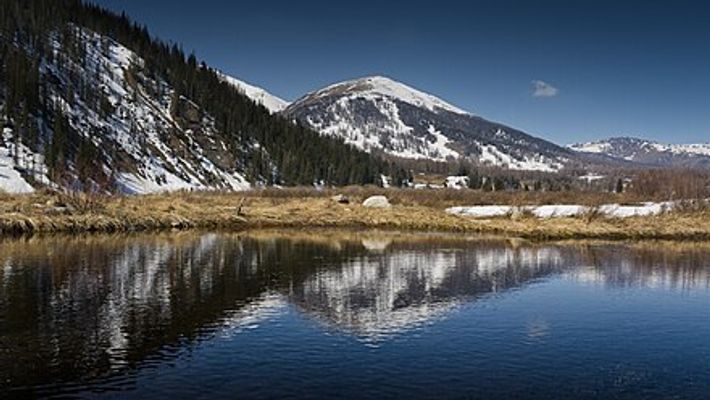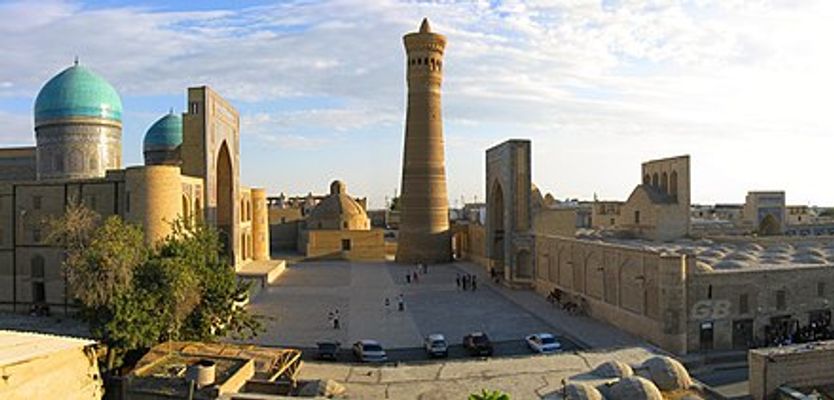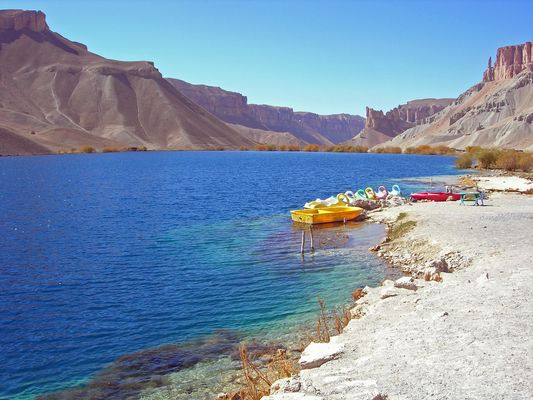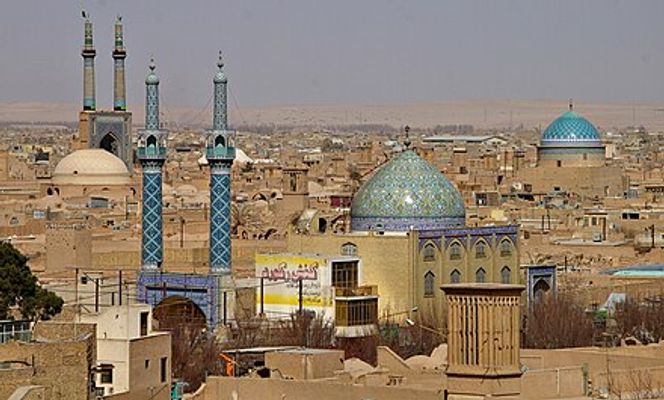
From Wikipedia: Turkmenistan is a country in Central Asia with a population of about 5 million, and an area around half a million km2, or almost the size of Spain. Neighbouring countries are Iran and Afghanistan to the south, and Uzbekistan and Kazakhstan to the north. It has a coast on the Caspian Sea, but is otherwise landlocked. Nearly 80% of the country is part of the Karakum Desert.
find another country
Ashgabat
Average temperatures
Jan
7°CPrecipitation: 0 mm
Feb
10°C0Precipitation: 0 mm
Mar
15°C5Precipitation: 0 mm
Apr
24°C11Precipitation: 0 mm
May
30°C16Precipitation: 0 mm
Jun
36°C21Precipitation: 0 mm
Jul
38°C23Precipitation: 0 mm
Aug
37°C21Precipitation: 0 mm
Sep
32°C10Precipitation: 0 mm
Oct
23°C7Precipitation: 0 mm
Nov
17°C5Precipitation: 0 mm
Dec
10°C3Precipitation: 0 mm

Konye Urgench
Average temperatures
Jan
0.2°C-8Precipitation: 9 mm
Feb
2.7°C-7.1Precipitation: 8 mm
Mar
10.4°C-0.5Precipitation: 17 mm
Apr
20.7°C7.7Precipitation: 19 mm
May
28.5°C14.2Precipitation: 13 mm
Jun
33.4°C18.4Precipitation: 4 mm
Jul
35.2°C20.7Precipitation: 3 mm
Aug
32.6°C18Precipitation: 2 mm
Sep
26.9°C11.7Precipitation: 3 mm
Oct
17.9°C4.4Precipitation: 9 mm
Nov
10.1°C0Precipitation: 10 mm
Dec
3.1°C-2.8Precipitation: 12 mm










